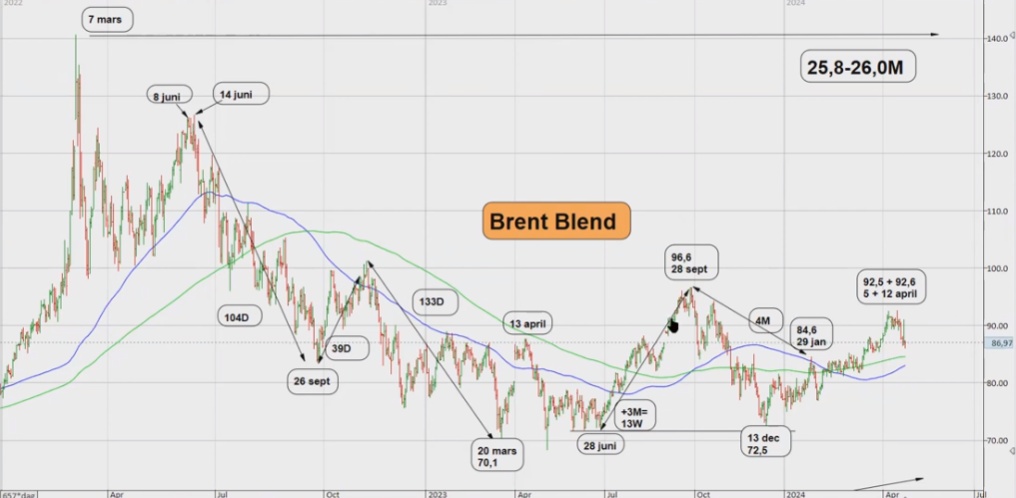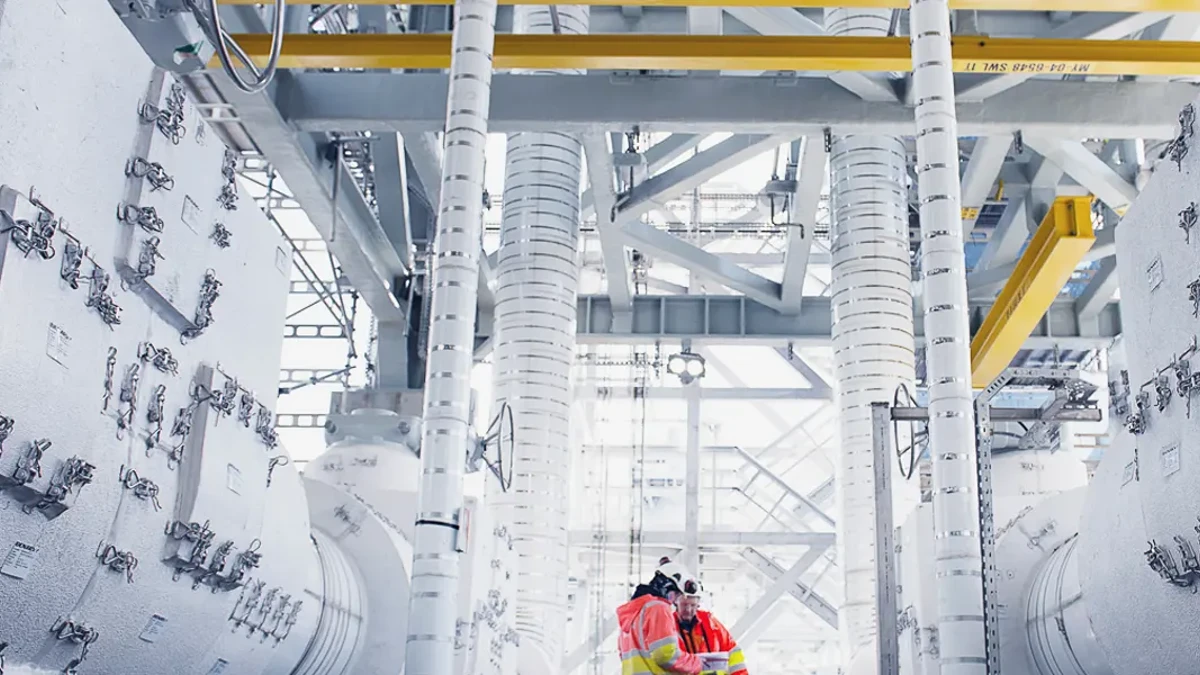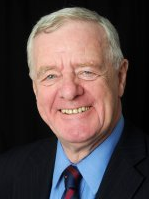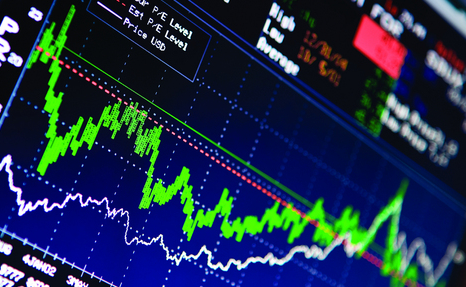Nyheter
David Hargreaves on Precious Metals, week 30 2014

It has surprised many – if not most – that whilst competing political tensions have escalated – in the Russia/Ukraine and Israel/Palestine theatres – the gold price has subsided and with that its cohorts, the PGMs and silver. These are the bellwethers of fear and tension, yet they fall.
Q: Now, why?
A: Because it is all a game. We do not believe this will boil over into a major military conflict, rather a fudge, a compromise with rhetoric coming out ahead. What we do believe is that the world economy is strengthening, that interest rates will rise and stock markets will gain ground. Not so commodity prices, perhaps, because they also ran ahead of themselves. Yet the precious metals have probably done enough, certainly for now.
So, does the WIM theory – that everything above $1000 is political froth – still hold good? We need to keep reminding ourselves that these are high levels, last seen 18 months ago and before the world economy staged a recovery of sorts. We continue to be reminded that the 9-10% gold rally this year so far, beats the gain for equities, commodities and Treasuries. Goldman Sachs does not back down on gold going lower as the economy improves. Swimming alongside is Société Générale. So GS goes for $1050 by end 2014 and SG $1245. WIM opts for $1200.
Yields on US ten-year Treasury bonds, too, are falling, down to a 2.5% from 3.0%. India’s performance matters to the gold market, even more than that of China. It not only imports a substantial amount, but processes and re-exports for a profit. The catch? Much also disappears under the bed, playing hell with the balance of payments. So when the government stuck on a 10% import duty last year, it dented the inflow, like down from 1014t in the year to March 2013 to 670t in like 2014. It is a difficult balance and India’s bank gold holdings are only 5.4% of foreign exchange reserves. The government is not backing down in its resolve over the import duty. A sign of hope is that the country’s export growth is moving up, but so are gold imports, despite the levy. At $3.12bn in June (we make that 60t), they are up 66% on like 2013.
What the World Gold Council thinks. The WGC has treated us to its H1 2014 investment commentary. It would test a Philadelphia lawyer so we will not bore with it except to summarise: the metal is up 9.2% this year, to the surprise of most analysts. Investment demand is tepid. Now is a prime opportunity to add, given high bond issuance, tight credit spreads and record low volatility (of what?). So says the WGC.
The London Gold Fix. Sharps Pixley, a name synonymous with London gold trading, rose from the ashes to command a niche presence in both research and marketing. Its CEO Ross Norman knows the scene and thinks the London ‘Fix’ still does the job. He makes the simple case that via its five member firms, it reaches many clients before a decision on price is reached. It is something like an auction and provides a venue for large deals. A good summary.
[hr]
About David Hargreaves
David Hargreaves is a mining engineer with over forty years of senior experience in the industry. After qualifying in coal mining he worked in the iron ore mines of Quebec and Northwest Ontario before diversifying into other bulk minerals including bauxite. He was Head of Research for stockbrokers James Capel in London from 1974 to 1977 and voted Mining Analyst of the year on three successive occasions.
Since forming his own metals broking and research company in 1977, he has successfully promoted and been a director of several public companies. He currently writes “The Week in Mining”, an incisive review of world mining events, for stockbrokers WH Ireland. David’s research pays particular attention to steel via the iron ore and coal supply industries. He is a Chartered Mining Engineer, Fellow of the Geological Society and the Institute of Mining, Minerals and Materials, and a Member of the Royal Institution. His textbook, “The World Index of Resources and Population” accurately predicted the exponential rise in demand for steel industry products.
Nyheter
Oljan letar efter en högre botten

Ingemar Carlsson har gjort en teknisk analys på oljepriset, närmare bestämt på brentolja. Just nu letar oljan fortfarande efter en ny lågpunkt, som dock ligger högre än den tidigare. Lågpunkten bör hittas innan kristi himmelsfärdshelgen i början av maj och till dess är det avvakta som gäller.
Nyheter
Börsveckan ger en köprekommendation till aktien i oljeservicebolaget Beerenberg

Börsveckan ger en köprekommendation till Beerenberg-aktien som noterades på Euronext Growth Oslo i slutet av förra året. Beerenberg är ett norskt servicebolag inom olje- och gassektorn med låg värdering och hög utdelning. Bolaget erbjuder olika tjänster för olje- och gasfält samt andra tekniska produkter och service för krävande miljöer.
Historiken är inte den bästa, där fjolårets omsättning på 2 343 miljoner NOK faktiskt är snäppet lägre än 2015. Sedan 2019, när en stor återhämtning skedde, har tillväxten inte varit högre än en dryg procentenhet årligen. Bolaget fokuserar på service och har stabila kundrelationer, vilket bidrar till en stadig kassaflödesgenerering.
Trots en nedgång i orderingången förväntas Beerenberg ha hygglig tillväxt de kommande åren med förbättringar i lönsamheten. Även om marknaden är osäker på lång sikt, kan bolaget använda sina kassaflöden för att diversifiera sig mot andra hållbara sektorer.
Beerenberg får anses vara ett stabilt bolag med goda framtidsutsikter, trots att det inte förväntas ha höga multiplar. Deras strategi att använda stabila kassaflöden för att diversifiera sig mot hållbara sektorer kan vara långsiktigt lovande. I bokslutsrapporten för 2023 ökade omsättningen med 5 procent till 2 343 miljoner NOK, och rörelsemarginalen förbättrades till 5,6 procent.
Nyheter
AI ökar det totala elbehovet i USA med 100 % kommande 15 år

De stora tech-företagen i USA har varit drivande i att utveckla marknaden för fossilfri energi. De vill ha fossilfri energi och har inte bara pratat utan skrivit många storskaliga avtal och lagt pengar på att det byggts mer produktion. Men nu står tech-bolagen och elproducenterna inför enorma utmaningar, för AI kräver stora mängder elektricitet.
Om vi går tillbaka till 2021 så var elbolagens prognoser att efterfrågan på elektricitet i USA under kommande 15 år skulle öka med några få procent. Inte per år, utan några få procent över hela perioden på 15 år.
Stora elbolag har planeringscykler på 10 år, de har ingen vana av att plötsligt i högt tempo dubblera produktionen.
Men vid 2023 förändrades prognosen helt och hållet, då blev prognosen att efterfrågan på elektricitet skulle öka med 100 procent på 15 år.
Bloomberg-podden Odd Lots har bjudit in Brian Janous för ett samtal om situationen. Han är medgrundare och chefsstrateg på Cloverleaf Infrastructure och var tidigare 12 år på Microsoft som företagets första anställd med fokus på energi och har därför på nära håll sett utvecklingen inom datacenter och deras elbehov.
-

 Nyheter3 veckor sedan
Nyheter3 veckor sedanGuldpriset når nytt all time high och bryter igenom 2300 USD
-

 Nyheter4 veckor sedan
Nyheter4 veckor sedanLundin Mining får köprekommendation av BMO
-

 Nyheter3 veckor sedan
Nyheter3 veckor sedanCentralbanker fortsatte att köpa guld under februari
-

 Nyheter2 veckor sedan
Nyheter2 veckor sedanUSAs stigande konsumtion av naturgas
-

 Nyheter3 veckor sedan
Nyheter3 veckor sedanKakaomarknaden är extrem för tillfället
-

 Nyheter3 veckor sedan
Nyheter3 veckor sedanHur mår den svenska skogsbraschen? Två favoritaktier
-

 Nyheter4 veckor sedan
Nyheter4 veckor sedanBoliden på 20 minuter
-

 Nyheter3 veckor sedan
Nyheter3 veckor sedanBetydande underskott i utbudet av olja kan få priset att blossa upp










